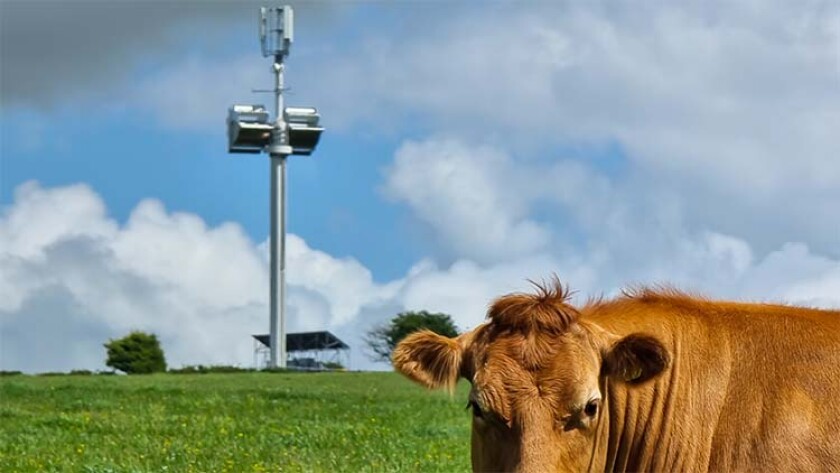The Digital Connectivity Forum (DCF), an industry lobby group, published this yesterday in a report that will create another headache for the UK’s new digital minister, Michelle Donelan, appointed on Tuesday evening.
“The industry is projected to invest approximately £9 billion for 5G purposes by 2030,” says the report, making it clear that this is way too little to meet demands for full 5G coverage for the applications it can power.
The report (PDF here) comes as the government is developing its Wireless Infrastructure Strategy (WIS), designed to set the framework for deployment of 5G and future wireless networks such as 6G up to 2030.
One of the challenges will be for ministers to learn the issues. Louise Lancaster, head of wireless infrastructure at Donelan’s Department of Digital, Culture, Media and Sport, said last night at the launch of the DCF report that “it’s a challenge to make policy in this area”, especially “explaining 5G to ministers”.
On past experience, there’s not a lot of time to do it. As Capacity pointed out yesterday, 12 ministers have headed the department in 12 years, with four of them just in the past three years, including Donelan.
The new DCF report was produced for the forum by Frontier Economics, whose director, Martin Duckworth, said the industry “will find it challenging” to develop 5G capacity in existing areas for growth in data demand and to expand coverage to other parts of the UK.
“The UK may be unlikely to achieve world-class 5G roll-out by 2030,” said Duckworth.
He said “there is a big gap” between what the industry is prepared to spend and what is needed to achieve government ambitions. Industry revenues from 4G “didn’t rise as required”.
The DCF report didn’t include spectrum costs, Duckworth made it clear in answering a question from Mike Short, a former technology executive who is now chief scientific adviser at the UK government’s Department for International Trade.
And, in answer to a question from Capacity, Duckworth said the report team had not looked at the potential for low Earth orbit (LEO) satellites in providing rural 5G coverage.
A US company, AST SpaceMobile, is working with base station owner American Tower, internet services company Rakuten, Samsung Next, the Korean company’s investment arm, and mobile operator Vodafone, on a project to deliver mobile signals from space. Globe of the Philippines and Orange’s African businesses have also said they are willing to try the company’s services.
In a separate project, Ericsson is working with Qualcomm and Thales on delivering 5G from LEO satellites.
And last month Deutsche Telekom’s T-Mobile US said it was working with SpaceX on delivering mobile signals from LEO satellites to rural areas, at first just SMS messages but likely to include voice later on.
“We more or less looked at the current industry structure,” said Duckworth. The report does not cover the potential for satellites.
One of those at the launch yesterday asked whether the government-backed shared rural network, which allows all four UK operators to share active 4G infrastructure, will be 5G-capable. “Not really,” said Vodafone’s head of government affairs, Paul Morris,
Meanwhile, though, speakers at the launch of the report echoed the feeling that there will be a shortfall in 5G investment – “an investment gap crisis”, to use the words of BT’s director of economics, Tanja Salem.
She said that, to ease the situation, “net neutrality rules will need to be reformed for the 5G world”, and regulators must be “favourable to consolidation”. In addition, planning authorities should remove the barriers to mobile masts and small cell infrastructure.
Vodafone’s Morris called for incentives for 5G investment. “5G is about industrialisation, not just about handsets,” he said.
He called for the government to follow the path it adopted for rural broadband, by subsidising 5G in “rural and semi-urban” areas.






